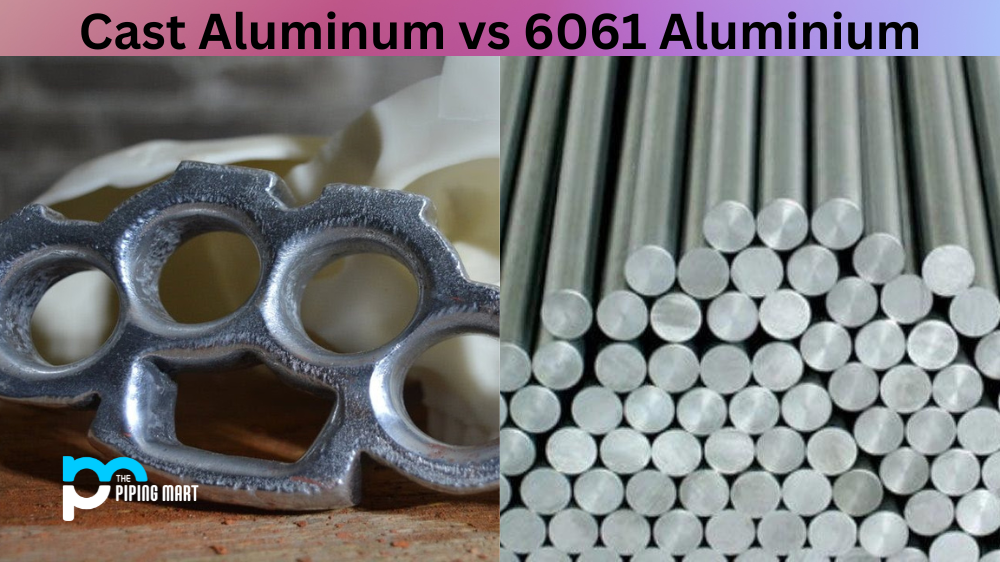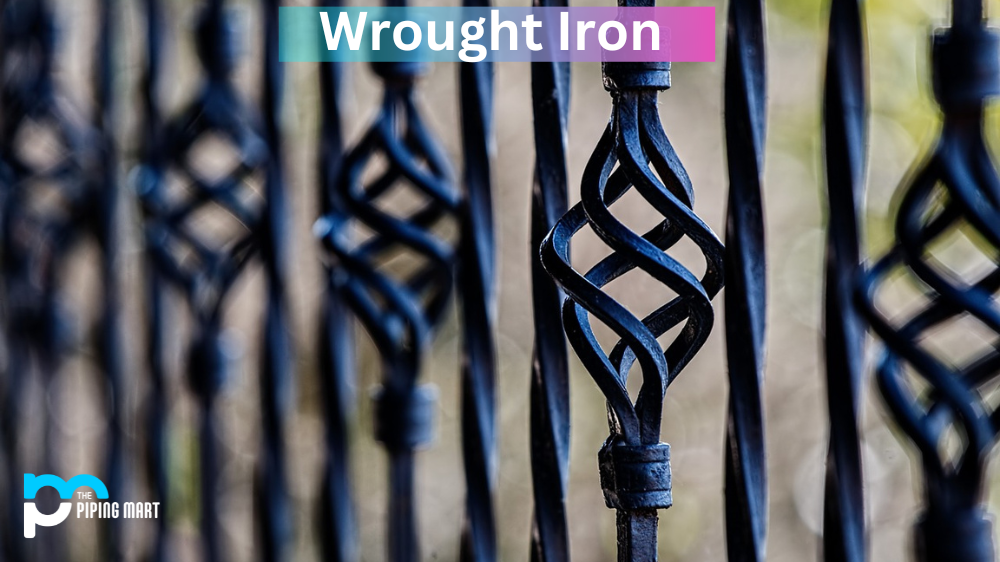If you’re in the market for aluminum parts, you may have come across the terms “cast aluminum” and “6061 aluminium.” But what is the difference between these two types of aluminum? Let’s dive into the details so you can understand why choosing between cast and 6061 aluminum is important when selecting your next product.
Difference Between Cast Aluminum and 6061 Aluminum
The primary difference between cast and 6061 aluminium is that of the production method. Cast aluminium is produced by pouring molten metal into a mould; it is then cooled and hardened in place. This method of production makes it easier to produce large, complex shapes with fewer components than those made from extruded or forged materials. On the other hand, 6061 aluminium is an extruded alloy, meaning it is heated up until it reaches its melting point and then forced through a die to create desired shapes such as tubes, bars, plates, etc.
Benefits of Cast Aluminum
Cast aluminum offers several advantages over other forms of aluminum. It has good heat transfer properties, which make it ideal for applications where rapid cooling or heating is necessary. Additionally, cast aluminium can be machined to produce intricate designs with tight tolerances; this makes it perfect for producing unique parts that require exact specifications or complex shapes that would be difficult to achieve with another type of material. Lastly, cast products tend to be more cost-effective than those made from other forms of alloy since they require less labour and materials during manufacturing.
Benefits of 6061 Aluminum
The primary benefit of using 6061 aluminium is its strength-to-weight ratio; it has one of the highest strength-to-weight ratios among all types of metals, making it ideal for lightweight applications such as aerospace components or automotive frames. Additionally, due to its high corrosion resistance and excellent weldability, 6061 aluminum can be used in outdoor conditions without fear of rusting or corroding over time. Moreover, because this type of alloy can be extruded into various shapes, such as tubes and rods, it can be used in a variety of applications where complex designs need to be created quickly and efficiently.
- Cast aluminum is made by pouring molten aluminum into a mold, where it cools and solidifies. 6061 aluminum is made by heating and then cooling aluminum billets.
- Cast aluminum is typically weaker and less ductile than 6061 aluminum.
- Cast aluminum typically has a lower melting point than 6061 aluminum.
- 6061 aluminum is typically more expensive than cast aluminum.
- Cast aluminum is more susceptible to corrosion than 6061 aluminum.
Conclusion:
Ultimately, when deciding between cast and 6061 aluminum for a particular application, you must consider several factors, such as cost-effectiveness, strength-to-weight ratio, complexity/production time needed for each product type etc., in order to make an informed decision about which type will best suit your needs. While both materials offer unique benefits depending on the application in question—cast being more suitable for intricate designs while 6061 is better suited for strength—it ultimately comes down to personal preference when choosing which material will work best for any given project. No matter which type you choose, however, rest assured that either option will provide superior performance compared to traditional steel materials!
Sakshee is a talented blogger, with a particular focus on the Business and Metal Industry. She is passionate about sharing her insights on various metal products and helping professionals to make a better decisions.




